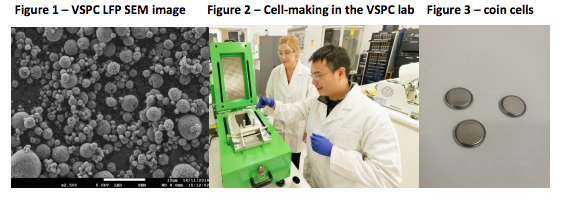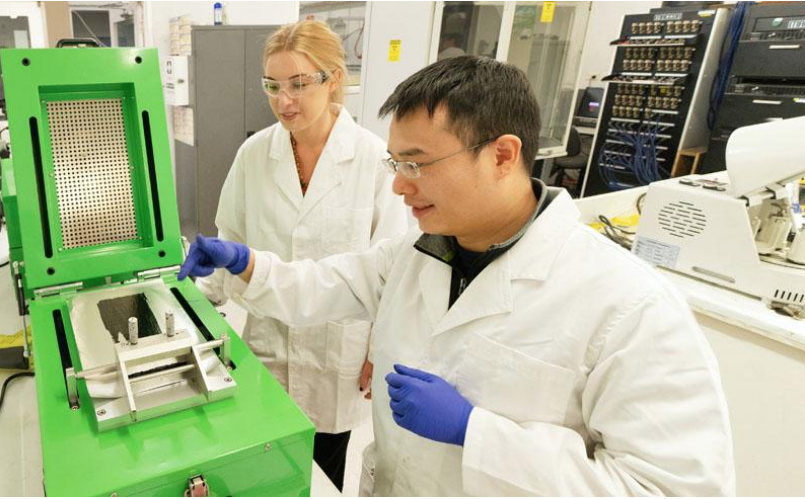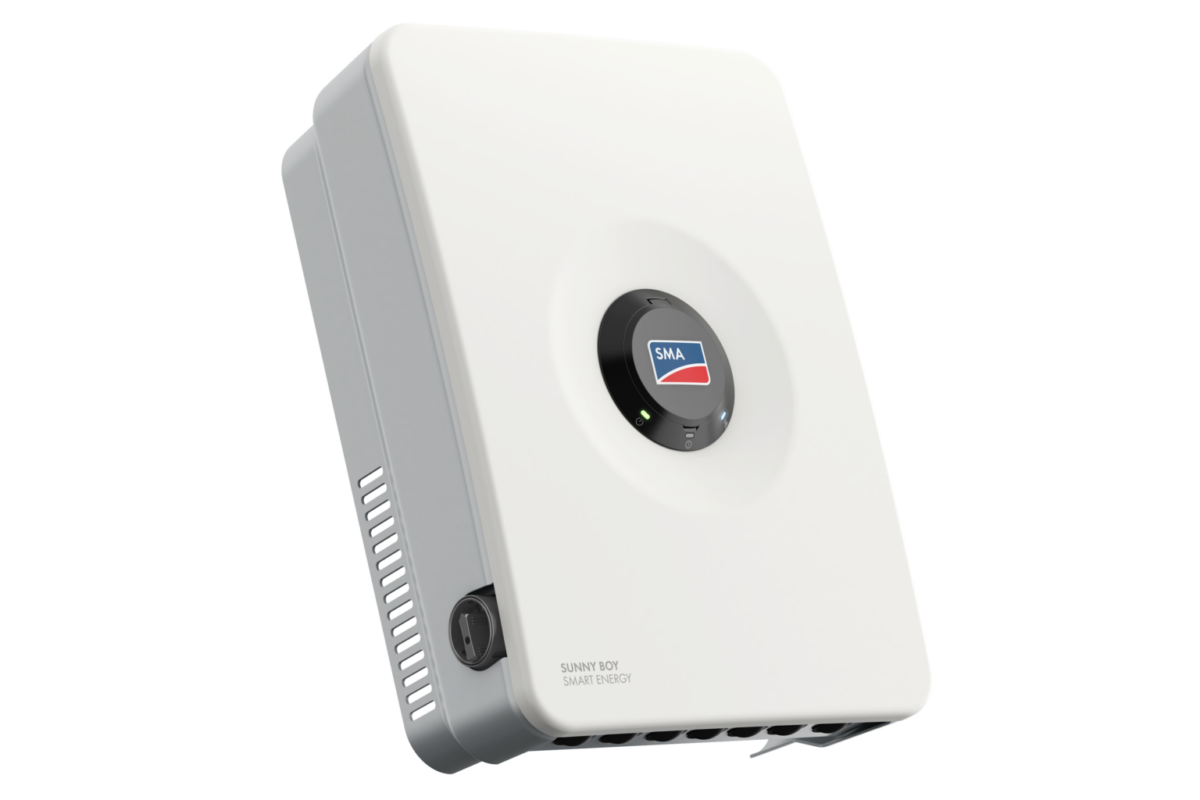With lithium-ion battery supply chains stretched by the buoyant demand from the rapidly developing electro-mobility and energy storage industries, price increases for raw material have trust the question of their availability into the limelight. While it presently may not be economic to use recycled material for lithium ion batteries, it is foreseeable that, as demand grows, it does become so in the near future.
As a result, the recycling industry has been looking to develop cost-effective and efficient technologies for lithium recycling and potentially close the loop. At present, even in state of the art recycling facilities, very low lithium recovery rate have been reported.
Lithium Australia has taken a slightly different pathway and is looking to produce lithium by recycling mine waste. It has not only recorded outstanding lithium recovery rates, but also used this material to produce new batteries.
The company has achieved recovery of a product containing 90 to 95% tri-lithium phosphate (Li3PO4), using its SiLeach process.
SiLeach is a wet-type metallurgical process to extract lithium from low-tier mica or minerals, which includes a novel process for fluorine and calcium removal and skips heating.
“We are extremely pleased with the SiLeach outcomes and process development work being conducted at ANTSO. Such positive results bolster our intent to move forward with a Large-Scale Pilot Plant for SiLeach and recover and convert contaminated mine wastes into lithium chemicals,” said Adrin Griffin, Lithium Australia Managing Director.
“It’s all part of our plan to develop a vertically integrated lithium production business, by providing sustainable technologies to the battery industry. These results clearly demonstrate the potential to achieve greater utilization of existing resources and reduce the environmental pressure created by the increased demand for energy metals.”
What differentiates SiLeach from thermal conversion processes is that it is not limited by ore feed size or the inclusion of impurities. Consequently, this groundbreaking process removes the requirement for generation of high-purity lithium hydroxide or carbonate which has long been one of the most cost-intensive, and challenging steps in the manufacture of li-ion battries.

However, Lithium Australia says there remains significant room for improvement via the treatment of finer ore feeds. Further optimisation of impurity removal and/or refining options for tri-lithium phosphate are in development and will be included in the extended duration third-generation pilot-plant campaigns for SiLeach planned for 2019, the company said in its announcement to the ASX.
Direct conversion and first batteries
The Li3PO4 produced directly from mine waste using the SiLeach process was then forwarded to Lithium Australia’s 100%-owned subsidiary VSPC Ltd, which successfully produced li-ion batteries made from this material.
The Li3PO4 was first converted to lithium-iron-phosphate (LFP) cathode material at VSPC’s electrochemical laboratory and pilot plant facility in Brisbane, Queensland. The proprietary processes used to generate the LFP nanoparticles is covered by patents granted to VSPC. The cathode material was characterised by XRD and SEM and determined to be of similar quality to VSPC standard LFP material.

The next step was to produce li-ion batteries (2032 coin cells) and test them under a range of charge and discharge conditions, and the reported results were remarkable.
The cells achieved equivalent performance to VSPC’s advanced cathode powders which use lithium carbonate as the manufacturing feed.
“Battery performance compares very favourably against cells using standard VSPC cathode material produced with industry standard lithium carbonate,” the company said in its announcement to the ASX.
“The most notable aspect of this achievement is its simplicity, and ability to streamline the processes and cost required to produce LIB cathode materials,” Griffin said.
“The broader application to lithium brine exploitation provides enormous potential for that part of the lithium industry, by removing the cost intensive route to lithium hydroxide – the direct use of lithium phosphate to produce cathode powders may do that.”
This content is protected by copyright and may not be reused. If you want to cooperate with us and would like to reuse some of our content, please contact: editors@pv-magazine.com.




By submitting this form you agree to pv magazine using your data for the purposes of publishing your comment.
Your personal data will only be disclosed or otherwise transmitted to third parties for the purposes of spam filtering or if this is necessary for technical maintenance of the website. Any other transfer to third parties will not take place unless this is justified on the basis of applicable data protection regulations or if pv magazine is legally obliged to do so.
You may revoke this consent at any time with effect for the future, in which case your personal data will be deleted immediately. Otherwise, your data will be deleted if pv magazine has processed your request or the purpose of data storage is fulfilled.
Further information on data privacy can be found in our Data Protection Policy.